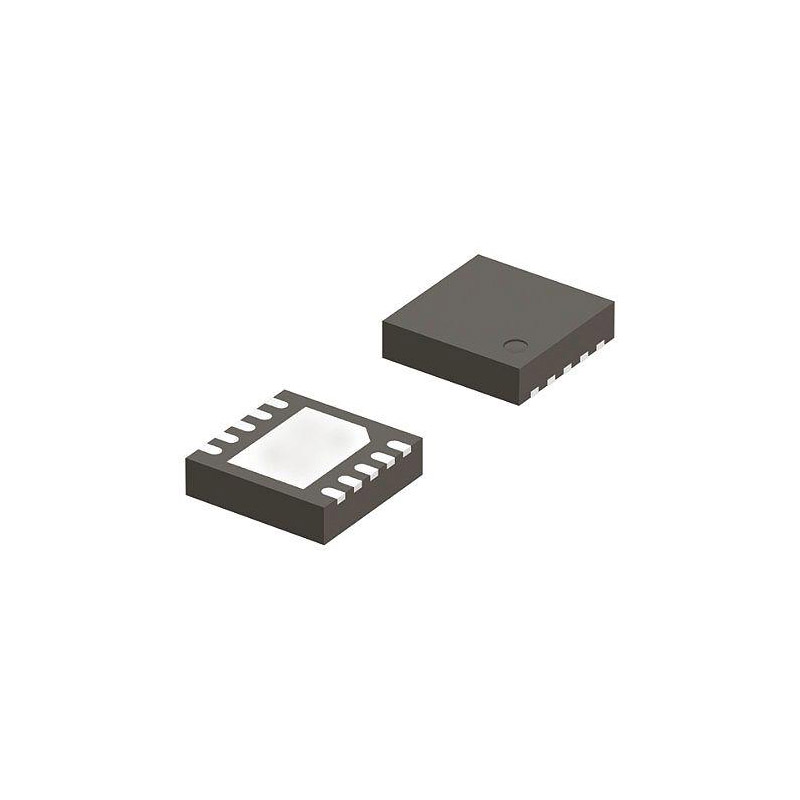Could Super-surfaces Replace LCDs? Here's the Answer!
Update Time: Apr 04, 2023 Readership: 2765
Contents
A major focus of technological advances in many areas of electrical engineering has been the development of devices that are faster, smaller, and more efficient than the current state of the art. For example, the invention of the liquid crystal display (LCD) in the late 1960s leads to thinner, more energy-efficient displays.
However, even though LCDs have many advantages, they still have their limitations. To overcome these limitations, researchers are investigating a technology called supersurfaces (metasurfaces) as a potential replacement for LCDs. It is along these lines that a group of researchers at the University of New South Wales announced last week that they have developed a new proof of concept for using metasurfaces as a display technology.
In this article, we will explore this new research and we will discuss what hypersurfaces are and why they could replace LCDs.
What is a Super-surface?
A supersurface is a two-dimensional array of subwavelength elements that manipulate light to produce a desired effect.
These subwavelength elements are typically smaller than the wavelength of the light with which they interact, and they can be designed to change the nature of the light passing through them. For example, a major application of these arrays is to selectively transmit or reflect incident light to focus it and control it in a desired manner.
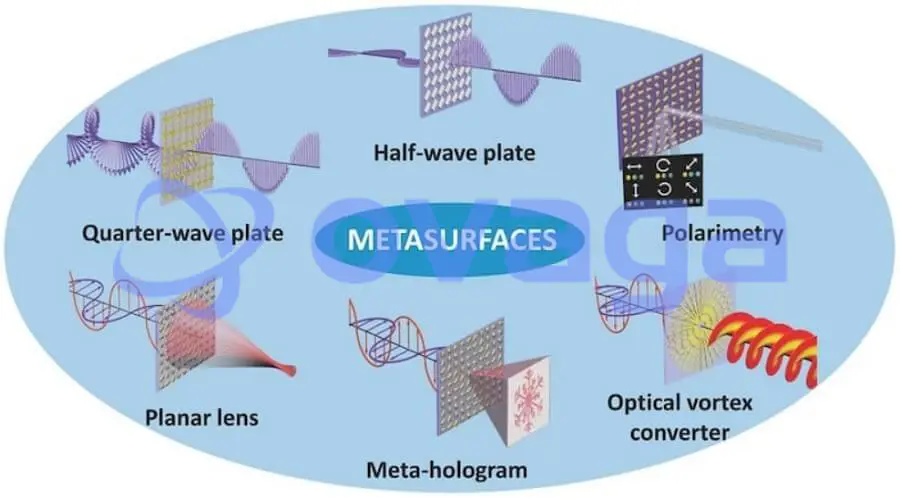
Using nanofabrication techniques, today's supersurfaces can work with millimeter wave, microwave and visible light. Components can be made of different materials, such as metals or dielectrics, and can be arranged in different patterns to achieve specific effects.
Because they can be fabricated on the nanoscale and can control the direction and polarization of light, hypersurfaces have potential for many applications, including communication systems, sensing, and imaging.
Development of Hyper-Surface Displays
As described in the paper in the journal Nature, the research team developed a new electrically tunable hypersurface that can be programmed across multiple pixels. To achieve this, the researchers used a new technique to achieve the electrical tunability of the hypersurface that exploits the large thermal-optical effects of silicon.
Specifically, the team developed a CMOS-compatible method based on the silicon thermo-optical effect that uses a locally transparent heater driven by a bias voltage of less than 5 V to control the optical properties of the silicon cavity array hypersurface. The heating causes a change in the refractive index of the silicon, which leads to a change in the super-surface resonance, resulting in an abrupt change in transparency at the resonance wavelength.
The resulting device operates in the transport state with low optical loss, low input voltage requirements, and operates at switching speeds above the video rate. Remarkably, by applying an asymmetric drive voltage, the researchers achieved sharp heating ( flash heating ) and observed a modulation time of 625 μs, more than ten times faster than the detection limit of the human eye.
Why Supersurfaces Can Replace LCDs
The basic operation of a supersurface-based display would involve a light source, such as an LED, which emits light onto the supersurface. The hypersurface then manipulates the light waves to produce the desired effect, such as producing an image or changing the color of the light. This manipulation of the light waves is achieved by controlling the phase, amplitude and polarization of the light waves using subwavelength elements of the hypersurface.
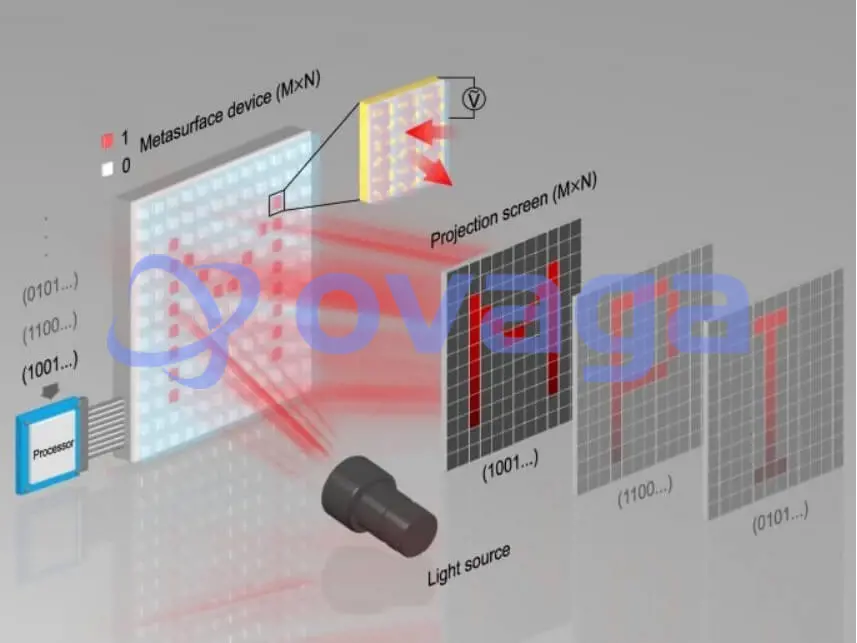
For example, to generate an image, the hypersurface can be designed to act as an array of tiny pixels. Each pixel would consist of a subwavelength element that controls the phase, amplitude, and polarization of the light. By tuning these properties of light, the hypersurface can produce light of different colors and intensities to create an image.
One advantage of supersurfaces is their ability to produce wider viewing angles than LCDs, which tend to use polarizers to control the direction of light, which can limit the viewing angle of the display. In contrast, hyper-surfaces are used to control the polarization of light, which can result in wider viewing angles.
In addition, hyper-surfaces have the advantage of being more energy efficient than LCDs, where a major source of energy consumption is the need for a backlight to produce the image. A super-surface-based display does not require a backlight and therefore can lead to a more energy-efficient solution.
Conclusion
In conclusion, super-surfaces represent an exciting new development in display technology that could potentially replace LCDs in certain applications. With their higher brightness, contrast, and energy efficiency, super-surfaces offer a number of advantages over LCDs. However, the technology is still in the early stages of development and there are potential drawbacks to consider, such as manufacturing costs and technical limitations.
It remains to be seen whether super-surfaces will eventually become the dominant display technology, but they are certainly a promising area of innovation for the future of displays. As companies like Samsung, LG, and Sony continue to develop and refine this technology, we can expect to see more exciting advancements in the field of display technology in the coming years.
Extended Reading
 FAQ
FAQ
-
Are super-surfaces more expensive than LCDs?
Super-surfaces are currently more expensive to produce than LCDs, but as the technology improves and becomes more widely adopted, the cost is expected to decrease.
-
Are there any companies currently using super-surfaces?
Several companies are currently developing and using super-surface technology, including Samsung, LG, and Sony. However, it may take some time before super-surfaces become widely adopted in the display industry.
-
Can super-surfaces be used in all types of displays?
Super-surfaces can potentially be used in all types of displays, including smartphones, tablets, televisions, and computer monitors. However, they may not be suitable for certain types of displays, such as e-readers or outdoor displays.
Popular Blogs
-

Creating a Superior ...
In today's world, technology has become an essen...
-

How the Integrated D...
In order to improve efficiency without affecting...
-
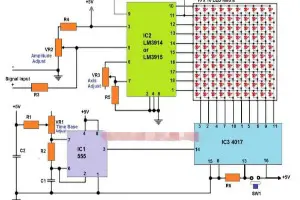
Simple LED Oscillosc...
The simple LED oscilloscope circuit presented in...
-
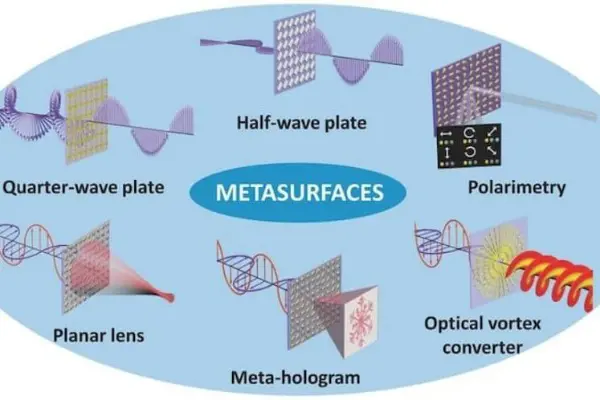
Could Super-surfaces...
A major focus of technological advances in many ...




